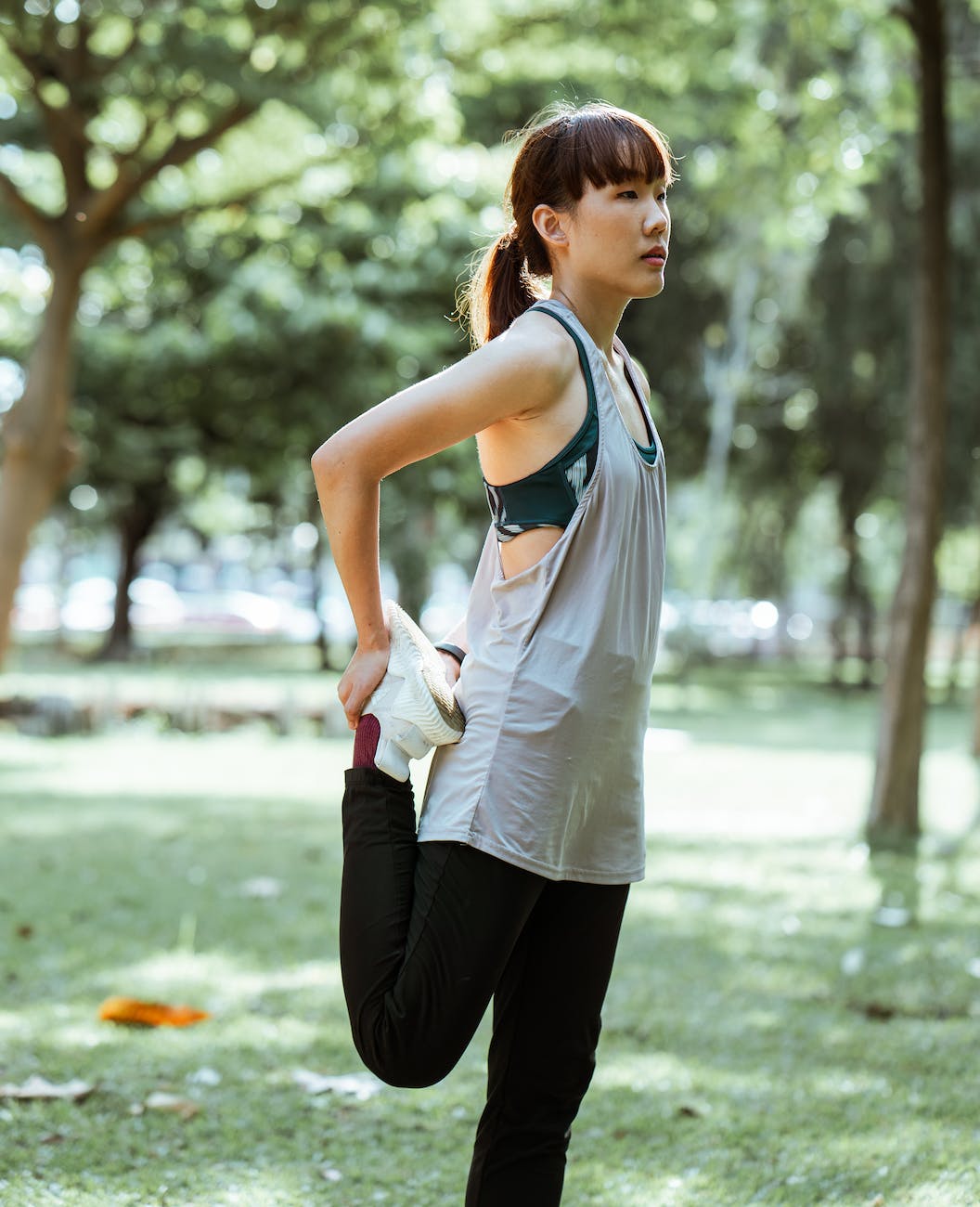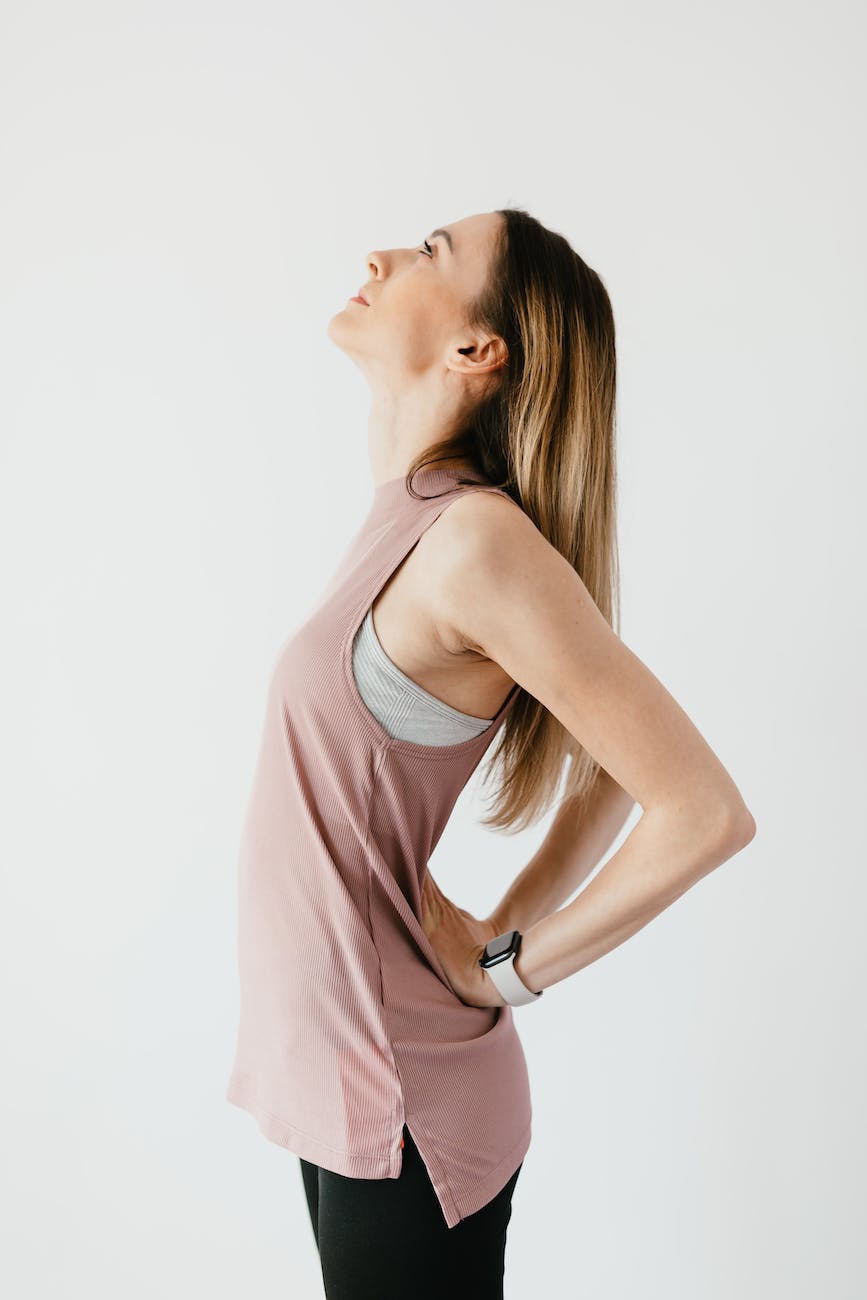
Stretching can help reduce the accumulation of lactic acid throughout the body. It also relaxes tense muscles. Stretching Limits Muscle and Joint Strain – Stretching in the correct way can limit the strain on your muscles and joints. It will help your muscles stay flexible and toned
To stretch safely, you must adhere to the four main principles of avoiding pain, stretching slowly, stretching the right muscle, and working only the necessary joints and muscles. These guidelines are designed to make your stretching safer and more effective and to increase your awareness of your body.
Benefits of stretching
However, research has shown that stretching can help improve flexibility, and, as a result, the range of motion of your joints. Better flexibility may: Improve your performance in physical activities. Decrease your risk of injuries
Whether you’re new to exercise or a seasoned athlete, you can benefit from a regular stretching routine. By incorporating 5 to 10 minutes of dynamic and static stretches into your daily workout, you can increase your range of motion, improve your posture, and ease your mind.
Stretching keeps the muscles flexible, strong, and healthy, and we need that flexibility to maintain a range of motion in the joints. Without it, the muscles shorten and become tight. Then, when you call on the muscles for activity, they are weak and unable to extend all the way.
Regular stretching helps increase your range of motion in the joints, improves blood circulation and posture and alleviates muscular tension throughout the body, he tells. In addition, it enhances your athletic performance and may reduce the risk of injury, notes the fitness expert
Benefits of stretching
- Improve your performance in physical activities.
- Decrease your risk of injuries.
- Help your joints move through their full range of motion.
- Increase muscle blood flow.
- Enable your muscles to work most effectively.
- Improve your ability to do daily activities.
1. Quad Stretch

Stretching your quads activates the muscles, stimulates blood flow, and can increase your short-term range of motion and flexibility. Some people perform quad stretches as a warm-up before or a cool down after a lower-body workout routine, yoga practice, cardio session, or other wellness activity
Targeted Muscles
Not surprisingly, quadriceps stretches target your quads, a four-muscle group at the front of each thigh that includes the rectus femoris, vastus lateralis, vastus intermedius and vastus medialis muscles
The Simple Quad Stretch
- Stand on your left leg, one knee touching the other. You can hold a chair or the wall to keep you steady if needed.
- Grab your right foot, using your right hand, and pull it towards your butt. …
- Hold the position for 20 to 30 seconds, then repeat, switching from your left leg to your right
Just like any other important muscle in the body, your quadriceps can easily suffer from injury. The benefits of stretching are indisputable. Stretching is one of the most under-utilized techniques for improving athletic performance and rehabilitating after sprains or injuries
Strengthening and toning your quads can help improve the stability of your knee, reduce your risk of knee injuries, improve your athletic performance, and make everyday movements easier to do. You can do many quad exercises at home, without any special equipment
If you sit a lot or have quad tightness for any other reason, aim to perform the stretch at least once a day on each leg. When you are getting started, don’t worry if you struggle with performing the stretch for the full five minutes.
2. Standing Hamstring Stretch

Hamstring stretches can increase flexibility and improve the range of motion in the hip. Both of these benefits will help people perform daily tasks, such as walking upstairs and bending over, with ease
Standing hamstring stretch is a at-home work out exercise that targets hamstrings and also involves calves
Inflexible hamstrings hold the pelvis in a dysfunctional position. This creates poor alignment in the hip and knee joints, compression in the spine, and poor posture in the shoulders and neck.
Standing hamstring stretch
- Extend one leg out by placing the heel on a slightly raised surface, such as a stair or curb.
- Keeping the spine straight, bend at the hip to bring the chest toward the thigh.
- The other leg that is not being stretched will also bend slightly at the knee.
- Hold this stretch for 10 to 30 seconds.
Hamstring stretches have been shown to be most effective when done for a duration of 30 to 60 seconds. Stretching should be done twice daily and on a regular basis.
Stretching your hamstrings every day may be good for your back, and if your hamstrings are super tight, as they tend to be with flat low back posture, stretching twice or even 3 times per day may the way to go
3. Chest and Shoulder Stretch

A chest stretch (or pec stretch) is an upper-body movement that expands and contracts the muscles in the upper front of your torso, collectively called the pectoralis muscles or pec muscles.
The purpose of the pectoral stretch is to lengthen chest muscles so that healthier positioning feels natural and comfortable. If you merely hold your elbow to the side, little lengthening can occur. Changing the position will get the purpose – lengthening anterior (front) muscles that go across the chest
Chest stretches work to open and loosen our pectoral region, reducing tightness and as a result, promoting better body movements, better posture and even relieving upper back pain
Chest Stretch | Illustrated Exercise Guide
- With the side of your body facing a wall, place your left palm on the wall.
- Slowly rotate your torso to the right, until you feel the stretch in your chest and in your left shoulder.
- Hold for 15 to 30 seconds and repeat on the right side.
Tight chest muscles can lead to shoulder pain, neck pain, difficulty taking deep breaths, and difficulty lifting heavy things. Stretching your chest activates the chest muscles, stimulates blood flow, and can increase your short-term range of motion and flexibility
A Consistent Chest Stretch to Improve Flexibility and Range of Motion. Performing a thorough chest stretch on a daily basis will greatly benefit your workout regimen. The chest is a major muscle group, and its wellness affects your entire upper body
4. Upper Back Stretch

Upper back pain and tension are common complaints, particularly when people are stressed or spend a lot of time hunched over. Exercises that stretch the neck, shoulders, and upper back can help relieve pain and loosen tight muscles
The upper back stretch is a great exercise for improving the posture, easing stiffness, and removing tension. If you spend a lot of hours sitting in front of a computer, it’s important to add a couple of back stretches to your daily routine. This way you can help ease back pain and prevent injuries.
Lower neck and upper back stretch
- Stretch your arms out in front of your body. Clasp one hand on top of your other hand.
- Gently reach out so that you feel your shoulder blades stretching away from each other.
- Gently bend your head forward.
- Hold for 15 to 30 seconds.
- Repeat 2 to 4 times.
Here are a few benefits from incorporating upper back stretches into your routine.
- Prepare Your Muscles. …
- Improve Your Range of Motion. …
- Improve Your Posture. …
- Heal and Prevent Back Pain. …
- Relieve Stress. …
- Practice These Upper Back Stretches. …
- Upper Back Stretches are Vital for Every Workout.
Upper back stretches should target the front of the shoulders, the neck muscles and the upper back, stretching forwards, backwards and sideways. You can do all of these upper back exercises at home, and lots of them can also be done at your desk!
5. Biceps Stretch

Bicep stretches are a great way to help improve mobility and relieve tightness and tension in your arm’s forward-facing muscles, or more specifically, the biceps brachii, brachialis and brachioradialis
The bicep stretch targets the biceps brachii (biceps) but can also open the chest and shoulder muscles. This stretch, like all stretching, helps to relieve muscle tightness and tension caused by exercise stress or other daily activities.
Bicep stretches are a great way to complement your upper-body workout.
…
To do this stretch:
- Press your left palm against a wall or sturdy object.
- Slowly turn your body away from the wall.
- Feel the stretch in your chest, shoulder, and arm.
- Hold this position for up to 30 seconds.
- Repeat on the opposite side
Bicep stretches are a great way to complement your upper-body workout. These stretches can increase flexibility and range of motion, allowing you to move deeper and further with greater ease. Plus, they help to relieve muscle tightness and tension, which is beneficial in preventing injury and improving performance




Leave a comment